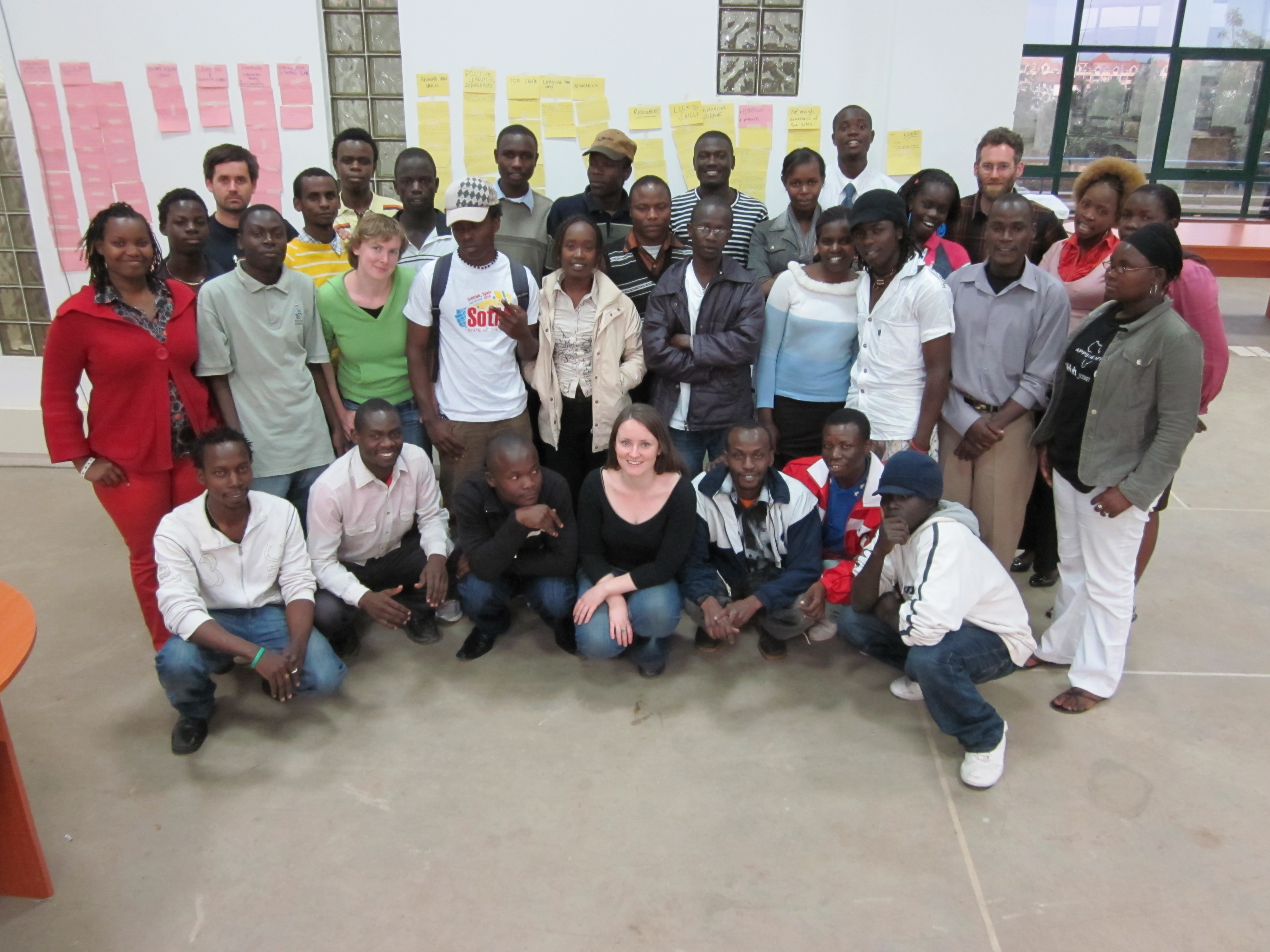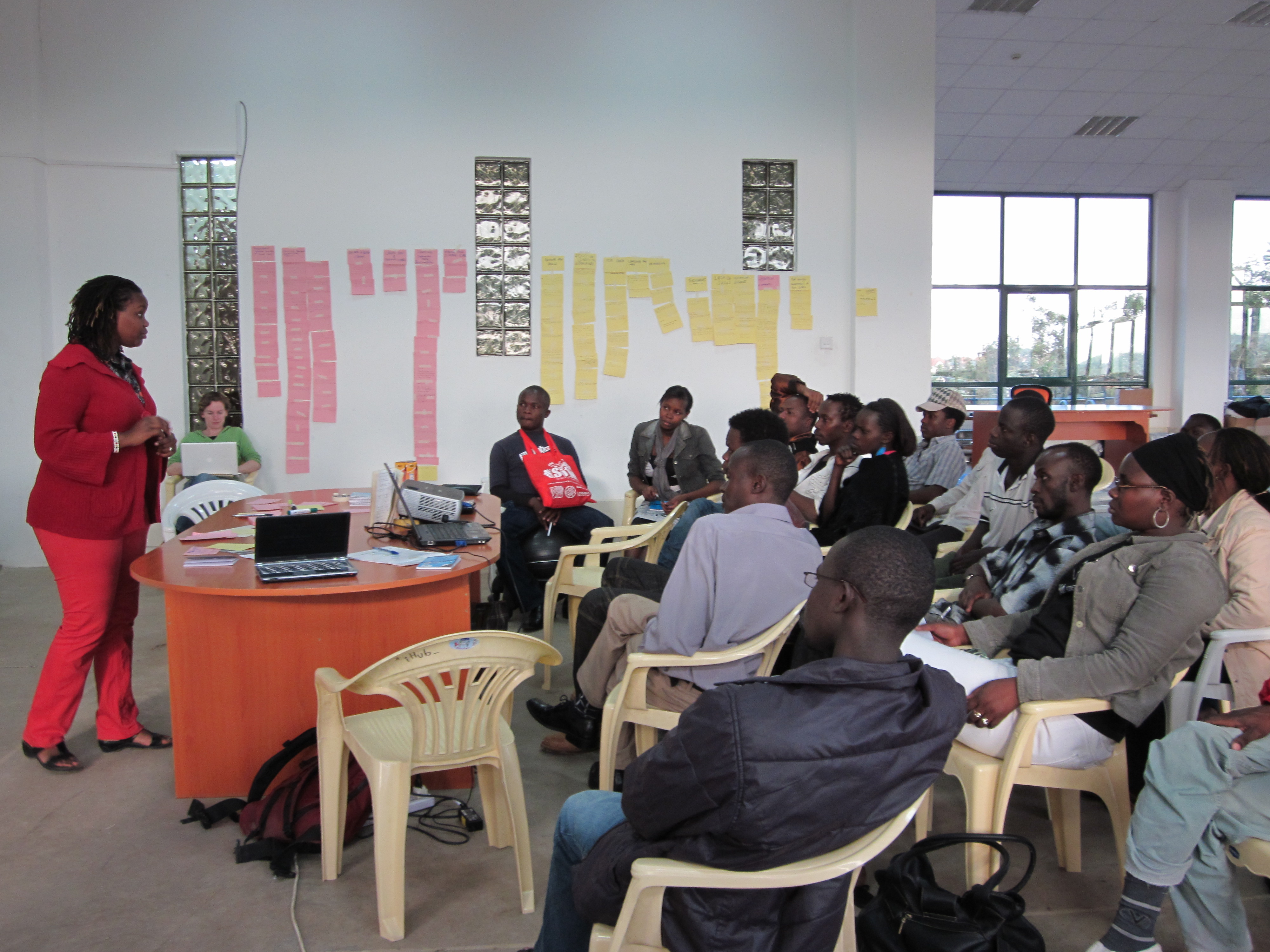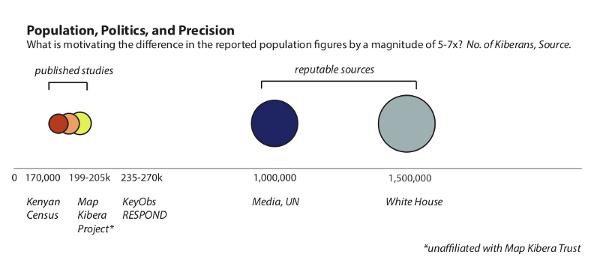The The International Federation of Red Cross and Red Crescent Societies (IFRC) today launched the World Disasters Report (WDR) in Nairobi, Kenya. This marks the first time in its 20 years of publication that the WDR launch has taken place outside of Geneva. Â The theme of the 2010 report is urban risk.
The WDR 2010 explores the following topics:
- Avoiding the urbanization of disasters
- Urban disaster trends
- Starting over: community rights and post-disaster response
- Urban violence (and inequity)
- Urban risk to health
- Urbanization and climate change risk
- Urban governance and disaster risk reduction
The launch focused (and rightly so) on vulnerable urban communities, their risks and their efforts to mitigate those risks. Map Kibera was invited by the IFRC to participate in the launch and showcase the work of young Kibera residents in making their communities visible by literally putting them on the map, and by telling their stories through Voice of Kibera and Kibera News Network. The Kibera News Network (KNN) team worked together with Markham Nolan of Storyful to produce a short documentary about some of the many risks Kibera residents face on a daily basis – namely, infectious diseases, train accidents and fire. Keep your eyes out for the video on the KNN Youtube channel and also on the Storyful blog in the next couple of days.
Speaking during the panel discussion, Dr. James Kisia of the Kenya Red Cross highlighted the need for local community involvement in disaster risk reduction and disaster response. For example, the Red Cross responds to approximately 144 fires per month however their responders are not necessarily familiar with the areas they work in, particularly the informal settlements (or slums), in which these fires occur. The team thus needs guidance and support by the local community in order to access affected areas. Local communities are integral for the success of their response efforts, but are also involved in designing localized disaster risk reduction strategies.
Matthius Schmale from the IFRC reiterated the need for community involvement when he discussed the importance of urbanization to the development of a country. He emphasized that countries shouldn’t aim to stifle growth in urban areas, but instead put people at the forefront of the development and planning of their own communities.
Hon. Robinson Njeru Githae, Minister of Nairobi Metropolitan Development acknowledged the one of the challenge of working in informal settlements is the legal status of residents. He said that this is the first time the government has recognized the existance of slum residents and that this is the 1st step in improving the conditions in slums, including providing government services such as clean water, schools and health care.
The Kibera teams were highly engaged and interested in the feedback from the media houses, panelists and audience at the launch of the World Disasters Report today. I was personally very excited to hear that Daniel von Rege, the field coordinator for MSF Belgium’s Kibera project has the Voice of Kibera site bookmarked on his computer and checks it every few days to find out what’s happening around Kibera!



